Sogo Reido Sanctuary is a temple cherished by the local community, located just two stops from Keisei Narita Station.
Some say that Sogo Reido Sanctuary has a longer history than the more famous Naritasan Shinshoji Temple, and that the name "Shinshoji" was given to the temple to mean that it is newer than Sogo Reido Sanctuary's other name, "Tosho-ji Temple.
Why not add a visit to Sogo Reido Sanctuary to your Narita sightseeing route?
Souvenir shops in the precincts of the temple and the Otaiyasai (festival)
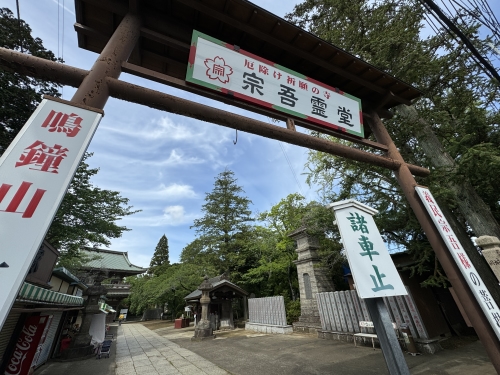
As you pass through the first gate and enter the temple grounds, you will see a row of souvenir shops.
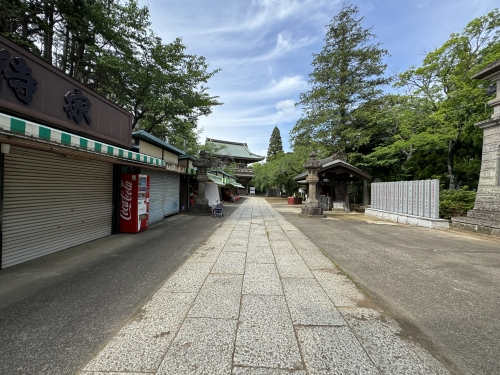
Since it was a weekday when the photo was taken, the souvenir shop was not open, further adding to the tranquility.
The Otaiyasai festival is held every year on the first Saturday and Sunday of September in the precincts of this temple. This festival is held to comfort the soul of Sogo Reido Sanctuary, a righteous man”Sogo Sakura” who is still revered by many people and enshrined in this hall.
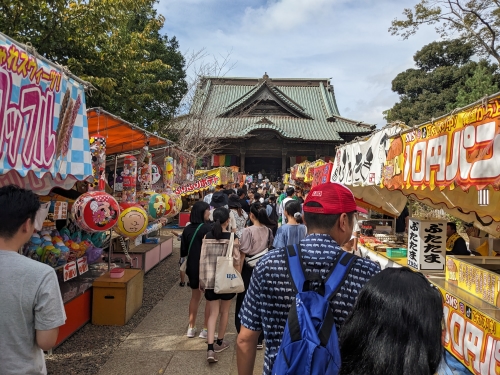
On the day of the festival, many stalls will be set up, and the festival will be very lively for two days, with a large goma (a ritual of praying for the protection of the Buddha) and floats being pulled around the festival site.
Let's take a stroll in the elegant precincts of Sogo Reido Sanctuary.
Sogo Reido Sanctuary is different from Naritasan Shinshoji Temple in that a more relaxed atmosphere pervades the temple grounds.
Although there is little in the way of fancy decoration, the buildings and monuments show the importance placed on them by the local people.
There are many sights to see on the way to the main hall, so take your time to explore.
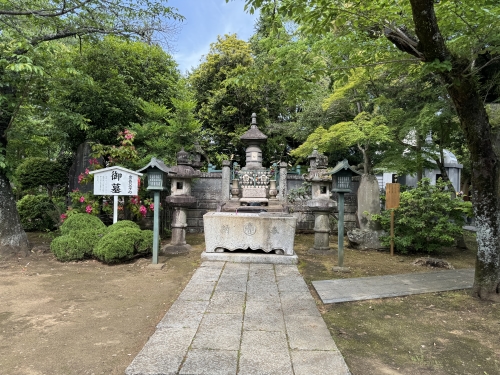
This is the tomb of Sogo father and son.
In the early Edo period, during the reign of the fourth shogun, Tokugawa Ietsuna, Kiuchi Sogoro (Sakura Sogo) made a direct appeal to the shogun regarding the plight of the farmers. As a result, the heavy taxation that had been plaguing the farmers was revised, but Sogoro and even his young child were executed because direct appeal was forbidden at the time.
About 100 years later, the Sakura clan repented of its misgovernment and restored Kiuchi Sogoro's honor, and he is enshrined here as the righteous Sogo Sakura-sama.
Because of this historical background, the shrine continues to be adored and enshrined even today.
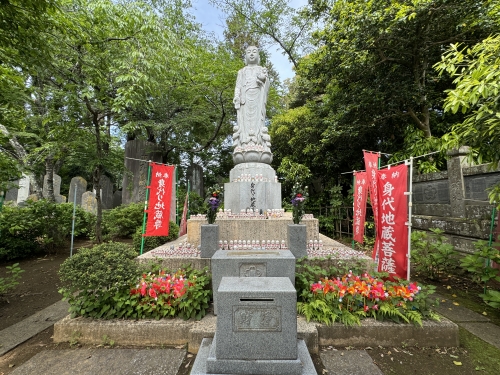
This is Jizo Jizoson. Many cute palm-sized Jizo statues are also lined up.
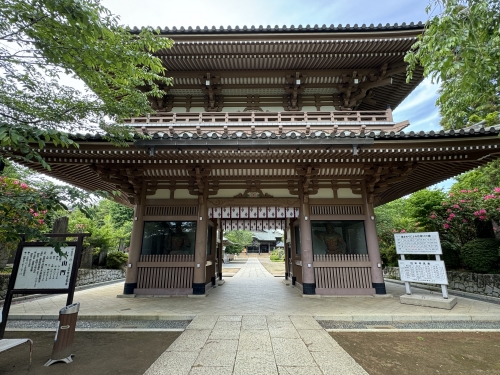
Further in the back, the Daisanmon Gate comes into view.
After passing through the Daisanmon Gate, you will finally arrive at the Daihondo (main hall).
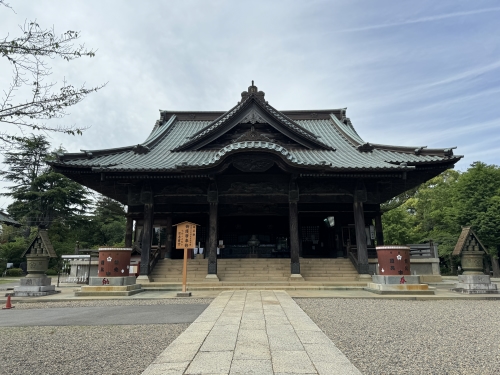
It is such a picturesque place that one is almost swallowed up by the austere atmosphere.
Since this is a temple, the way to visit is to first make a monetary donation, then put your hands together in prayer, and bow.
If you have time, you may want to stop by the Sogo Goichidaiki kan
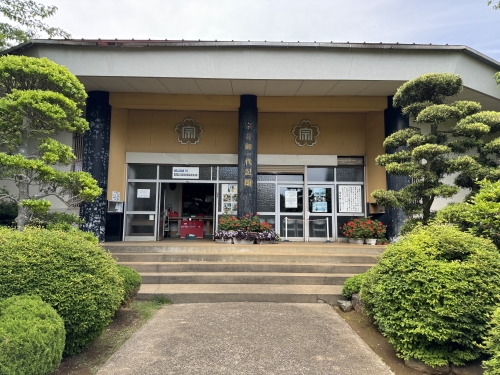
If time permits, you should definitely drop by the Sogo Goichidaiki kan.
Visitors can follow the story of Sogo Sakura's life through 66 life-size dolls and 13 scenes. The museum is also a popular spot for local social studies field trips.
Admission is 700 yen for adults and 400 yen for elementary and junior high school students.
Sogo Reido Sanctuary is known for its hydrangeas
Sogo Reido Sanctuary is most colorful during the hydrangea season in June.
The hydrangea festival is held every June and attracts many visitors.
The hydrangea garden at the back of the temple grounds is home to 7,000 hydrangea plants, not only native hydrangeas, but also more than 1,000 rare kashiwaba hydrangeas.
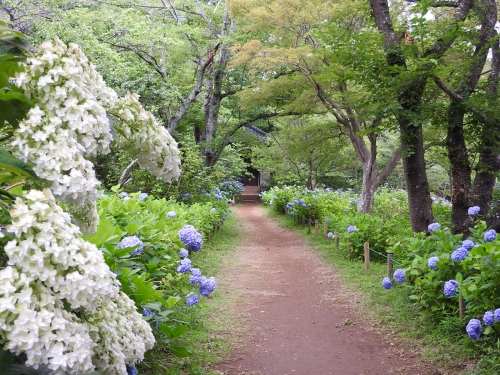
*Adapted from FEEL Narita public relations image
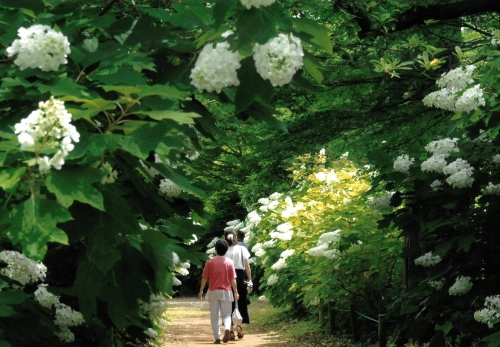
*Adapted from FEEL Narita public relations image
Let's visit Sogo Reido Sanctuary
Access is a 15-minute walk from Sogo-sando Station, two stops from Keisei Narita Station. Although the path is paved, it is a long uphill climb, so please wear comfortable walking clothes.



